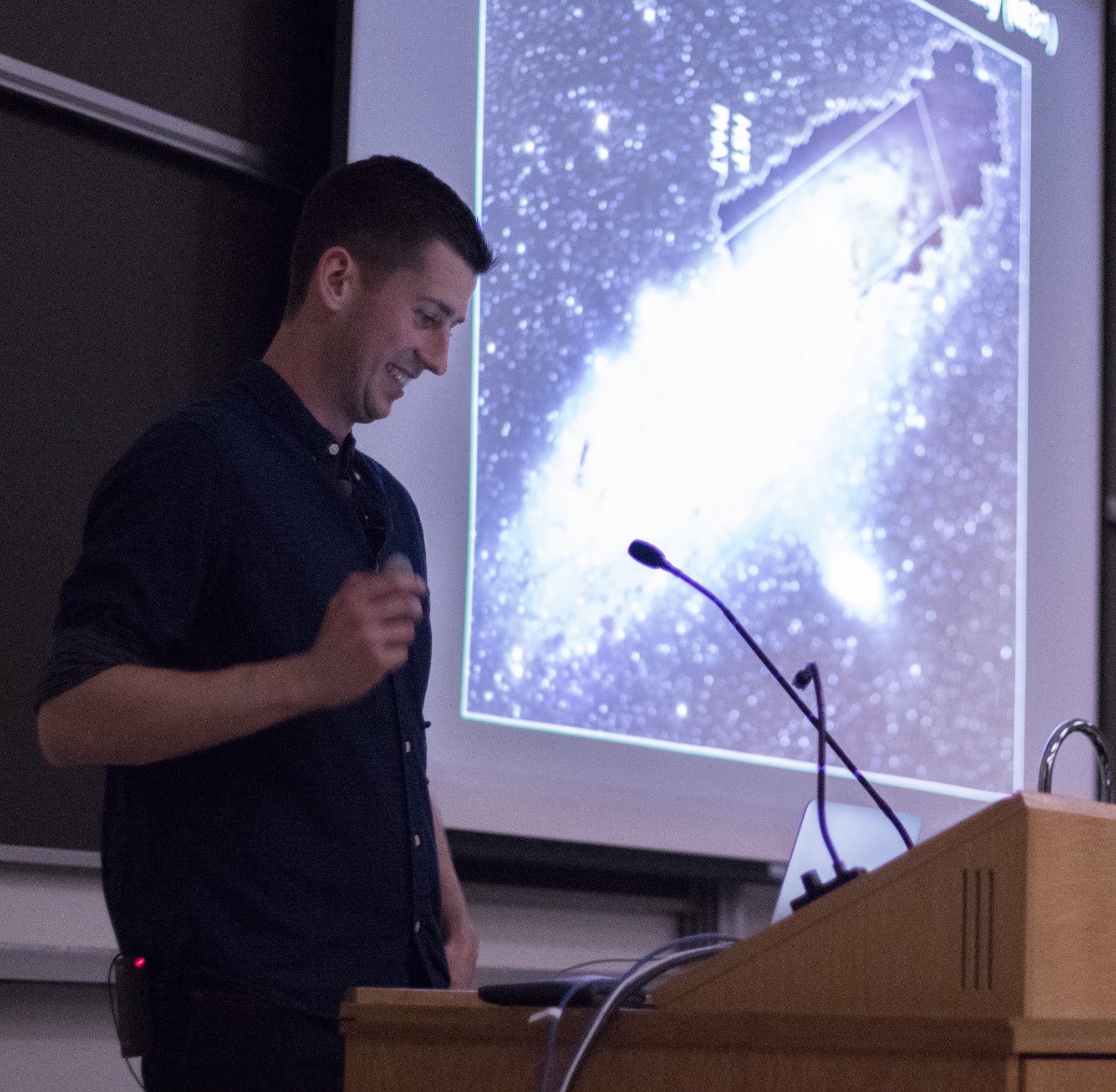About Me
I am a final year PhD student in the Department of Astronomy & Astrophysics at the University of Toronto. I work at the Canadian Institute for Theoretical Astrophysics (CITA) with my thesis supervisor Dick Bond.
My work focuses on understanding the large scale structure of the universe as it evolves from the big bang 13.7 billion years ago until the present day. I work mainly on developing supercomputer simulations which are based on our current understanding of the cosmos, in order to create testable predictions of this cosmic evolution. These simulations are very useful for many cosmological experiments that I am involved in, such as the Atacama Cosmology Telescope, Euclid, COMAP, and the Simons Observatory
This field, sometimes called computational cosmology, combines fundamental physics knowledge with state-of-the art computing power. These type of simulations are extremely useful in the analysis of experimental data & in the design of future telescopes, and as such there is much interest in creating them.
Some groups, such as my friends in the FIRE Collaboration, are attempting to simulate individual galaxies as accurately as possible, by including extremely detailed physics of the inner-workings of galaxies. Even though computers are becoming evermore powerful, these variety of simulations are much too computationally expensive to simulate very large regions of the universe, so for these type of problems we need something else...
In comes my main research project - the development of very fast ways to accurately simulate large volumes of the universe. One of these, Called the "Peak Patch" method, allows for the creation of thousands of "mock universes" each with over 10's of millions of dark matter halos (in which galaxies reside), a computational feat hard to match in any other way. Although each halo is not as detailed in our simulations as those in something like the FIRE project, we add in a mix of observational data and results from detailed single galaxy simulations to create very accurate mock maps of the sky (The video above is a visualization I created of "flying through" one of our universes).
This data-heavy field of research can also be greatly aided by current machine learning techniques, which I have become very interested in. I maintain a list of published machine learning works in the field of cosmology, and together with my colleague Philippe Berger we recently showed that convolutional neural networks can be very effective in predicting structure formation in cosmology simulations.
Found here is one of my public lectures on some of these things, which I called "Simulating the Universe".
I have also worked on GPU computing, developing and optimizing algorithms to potentially find fast radio bursts using the CHIME radio telescope, which is underway in Penticton, BC.
Contact George
To find out more please feel free to email me.
Or drop by McLennan Physical Laboratories, Room 1405
